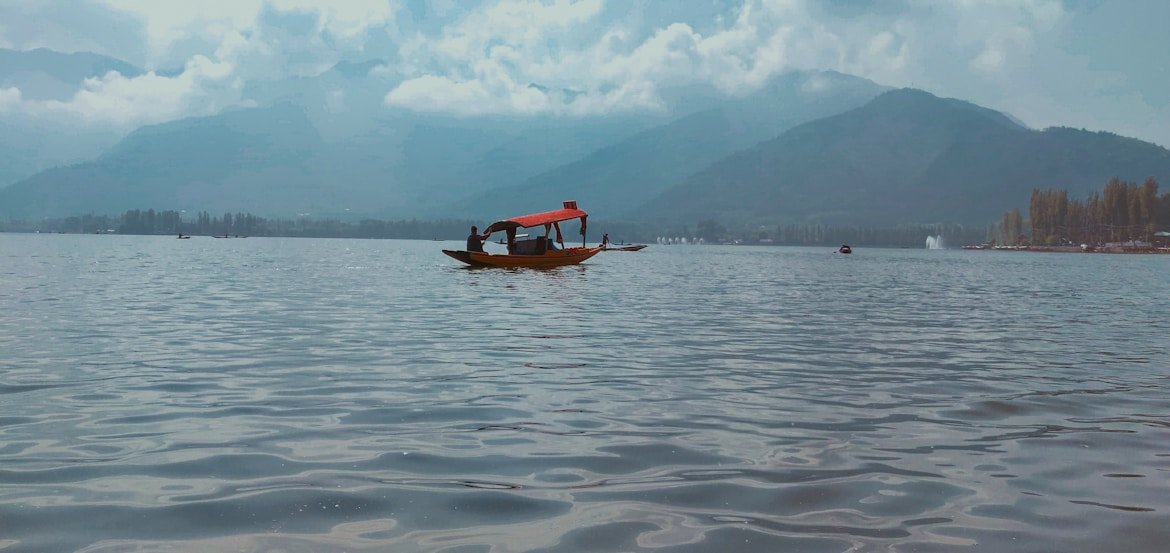From Doda to Leh: Himalayan Districts Reel Under Record-Breaking Rain
By: Javid Amin | 01 Sep 2025
A Monsoon Like No Other
August 2025 will be remembered as the month when the skies unleashed unprecedented fury over the Himalayas.
-
Jammu & Kashmir recorded 319.3 mm rainfall in August — a 73% surplus, the 6th wettest August since 1901.
-
Ladakh, usually known for its arid cold desert, was drenched — a 930% surplus, with Kargil receiving 1,530% above normal rain.
These are not just numbers. They mark a tectonic shift in the region’s climate behavior, triggering floods, landslides, stranded highways, and mass evacuations.
District-Level Shocks: The Geography of Excess
-
Doda: 488.2 mm vs. 125.1 mm — 290% above normal.
-
Udhampur: 897.9 mm vs. 346.5 mm — 159% above normal.
-
Ramban: 286.2 mm — 133% above normal.
-
Samba: 720.5 mm — 126% above normal.
-
Jammu City: 380 mm in just 24 hours — breaking a 37-year-old record.
🚨 Impacts included:
-
Over 5,000 people evacuated.
-
Schools shut for weeks.
-
Jammu–Srinagar highway closed for days.
-
Rivers Chenab & Tawi swelled dangerously close to breaching embankments.
Ladakh’s Climate Shock: From Desert to Downpour
Perhaps the most startling signal comes from Ladakh:
-
Kargil: 32.6 mm vs. 2 mm — 1,530% surplus.
-
Leh: 54.7 mm vs. 5.6 mm — 877% surplus.
For a region where rainfall is usually measured in single digits, this surge redraws hydrological maps. Flash floods, mudslides, and sudden snow at high passes disrupted mobility, tourism, and daily life.
Climate Science Behind the Surge
1. Accelerated Himalayan Warming
-
The Himalayas are warming faster than the global average.
-
Snowlines are receding, and rainfall is replacing snowfall at altitudes once perpetually white.
-
Warmer air traps more moisture → when released, it falls as intense downpours.
2. Orographic Supercharging
-
Monsoon winds hitting steep Himalayan slopes → rapid cooling & condensation.
-
Warmer air = more moisture → explosive orographic rainfall over small valleys → cloudbursts, flash floods.
3. Heatwaves → Instability
-
J&K & Ladakh recorded 13 heatwave days in 2025 alone.
-
Heatwaves destabilize air → when monsoon currents arrive, they collide violently, producing torrential rain.
4. Monsoon–Western Disturbance Tug-of-War
-
The “collision zone” of monsoon currents and Western Disturbances is now more volatile.
-
Low-pressure systems linger over J&K, dumping rain for days instead of hours.
5. Glacial Retreat & Hydrological Chaos
-
Melting glaciers feed swollen rivers.
-
Sudden glacial outbursts combine with rain → catastrophic runoff.
-
Drainage & infrastructure overwhelmed.
What Lies Ahead: A Stark Forecast
-
Govt-backed studies project 43% more extreme rainfall events by 2030.
-
Heatwave days set to double.
-
More flood–landslide–glacier burst combinations expected.
Without adaptation strategies — flood-resilient infrastructure, early warning systems, strict land-use regulations — J&K & Ladakh risk entering a permanent cycle of disaster and recovery.
Why This Matters
-
Agriculture: Crop cycles disrupted, food security threatened.
-
Tourism: From Amarnath Yatra to Ladakh trekking routes, safety risks loom.
-
Urban safety: Jammu, Srinagar, Leh — cities not designed for cloudbursts.
-
Geopolitics: With J&K & Ladakh already sensitive zones, climate instability adds another layer of vulnerability.
Bottom Line
What unfolded in August 2025 is not a one-off freak monsoon. It is a climate alarm bell for the Himalayas — one of the world’s most fragile, geopolitically sensitive, and ecologically critical regions.
If ignored, these surpluses will not just be statistics of rain, but signposts of irreversible change.




